Thunderous applause often greets the playful antics of a baby gorilla or the majestic march of an elephant at the zoo. But behind these moments, a world of quiet determination, complex science, and passionate care is unfolding—largely hidden from public view. What you don’t see at the zoo is the relentless battle against extinction, the gentle hands that nurse wounded animals back to health, and the bold dreams of returning animals to their wild homes. These unseen efforts tell a story far richer than any zoo exhibit can reveal, challenging us to see zoos as powerful agents of hope and renewal.
The Hidden Science of Breeding Programs
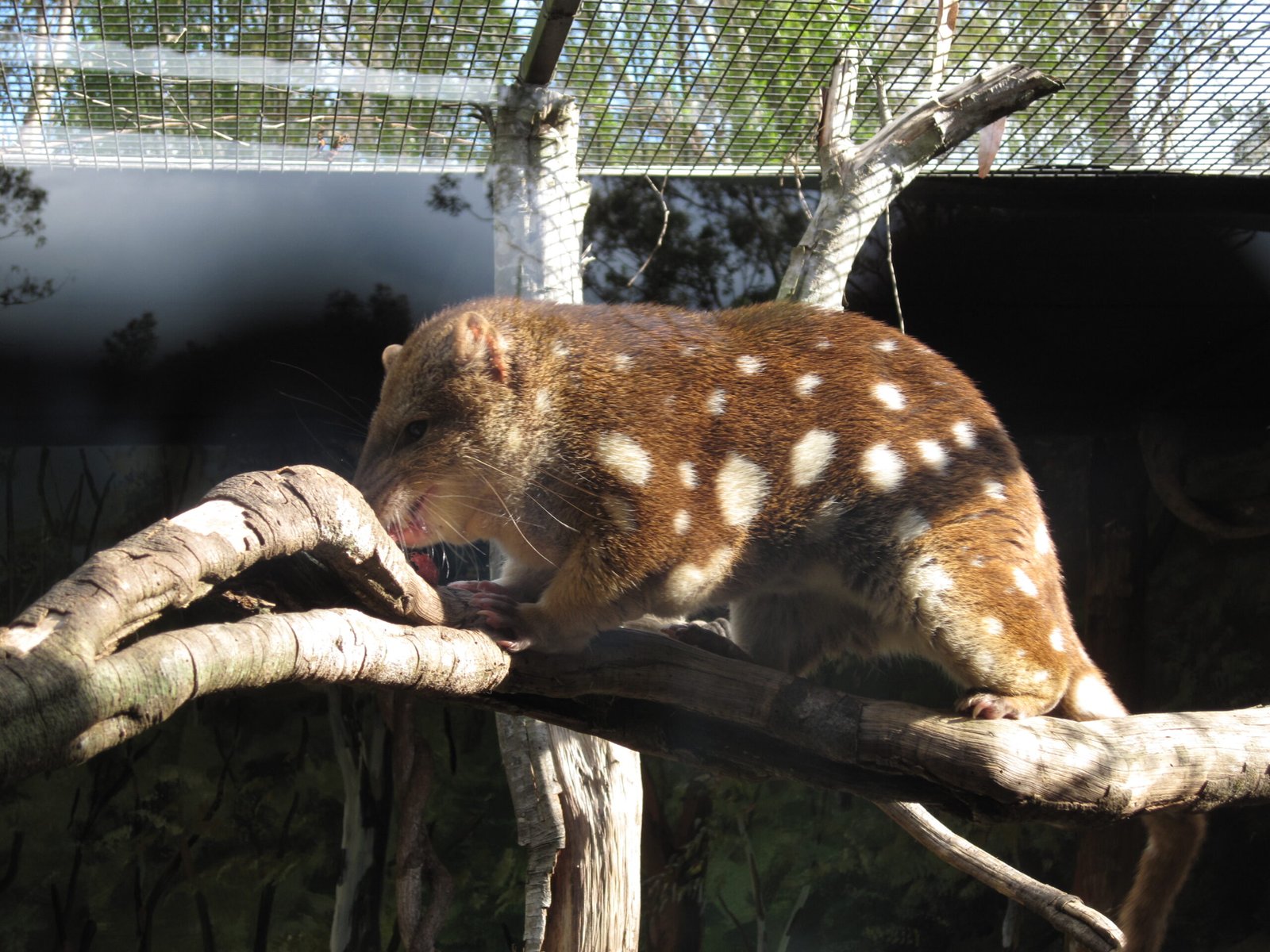
Breeding programs are the unsung heroes behind many of the animals you encounter at the zoo. These initiatives aren’t just about producing adorable offspring; they are meticulously planned operations that rely on genetics, careful record-keeping, and international cooperation. By studying bloodlines, zoos avoid inbreeding and maintain the genetic diversity crucial for the health of species. For example, the Przewalski’s horse, once extinct in the wild, has been brought back from the brink thanks to such programs. Every birth in these breeding plans represents a small victory against extinction, where science and hope go hand in hand. The keepers and scientists involved often form deep bonds with their animals, treating them as family and celebrating each new arrival with the joy of a parent. Behind the scenes, every egg, cub, and chick is part of a bigger puzzle—a future for wildlife that might otherwise fade away.
Rescue Missions: Zoos as Emergency Responders
When disaster strikes in the wild, zoos spring into action as emergency responders. Whether it’s a stranded dolphin, an injured eagle, or a baby rhino orphaned by poaching, dedicated zoo teams often work around the clock to provide urgent care. Specialized facilities allow for the treatment of wounds, rehabilitation of broken wings, and round-the-clock feeding for the most vulnerable. Many of these animals would not survive without this intervention. The stories are often heart-wrenching: a turtle rescued from a polluted river, or a bear cub found clinging to life after a wildfire. Through partnerships with local governments and conservation groups, zoos play a critical role in giving these animals a second chance. Each successful rescue is a testament to both human compassion and the resilience of nature.
Rewilding: The Return to Freedom
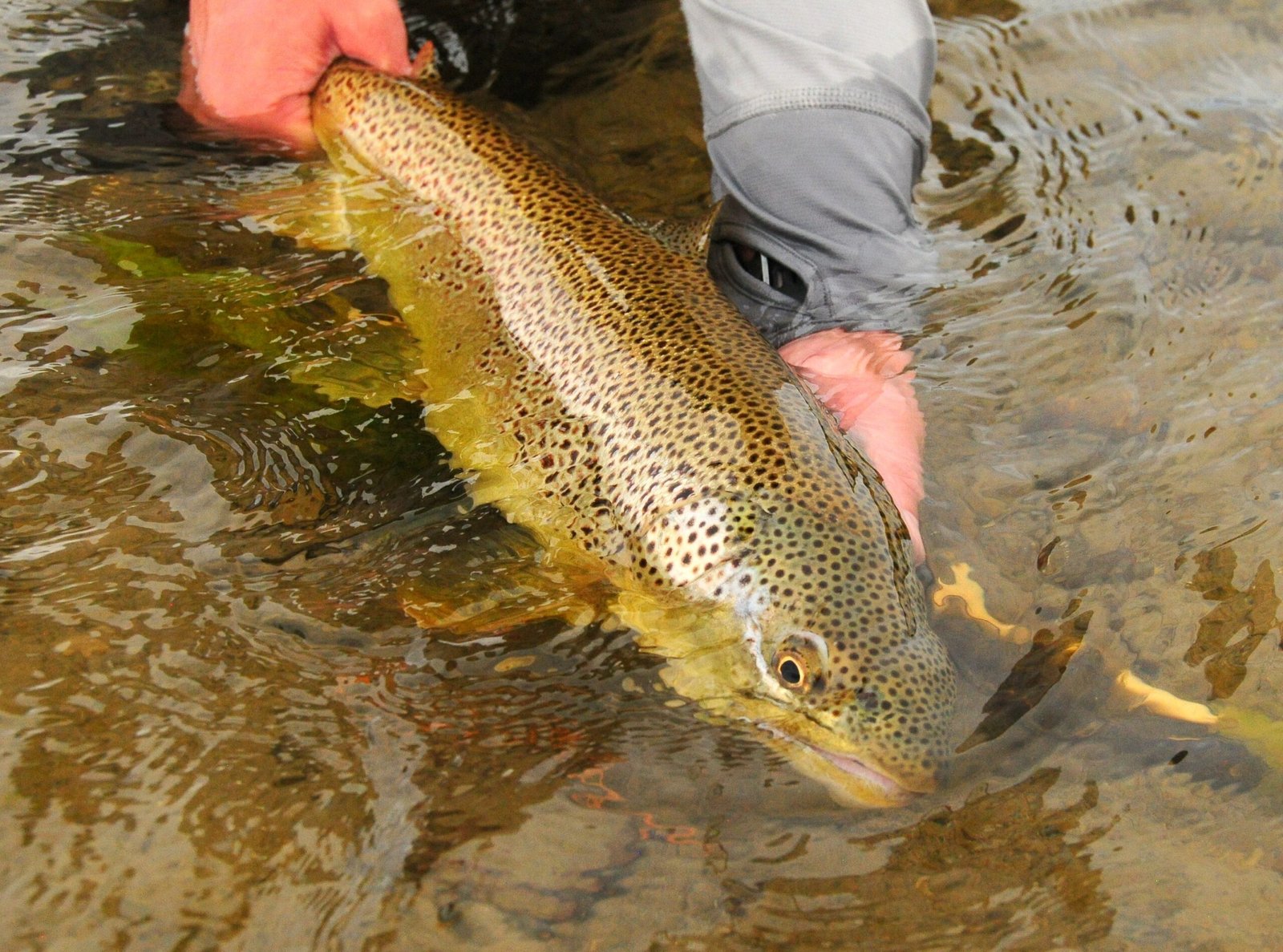
Perhaps the most inspiring work takes place when zoos prepare animals for life back in the wild—a process known as rewilding. This task is as delicate as it is daring. Animals must relearn how to hunt, avoid predators, and interact with their natural environment. The California condor is a shining example; with fewer than 30 birds left in the 1980s, zoos took the bold step of capturing the last wild individuals to breed and eventually release them. Today, condors soar free once more. Rewilding programs require collaboration with ecologists, veterinarians, and sometimes entire communities. The ultimate goal is not just survival, but restoration—a return to thriving populations where animals belong. Every release is a gamble, but also a leap of faith in nature’s ability to heal.
The Challenge of Genetic Diversity
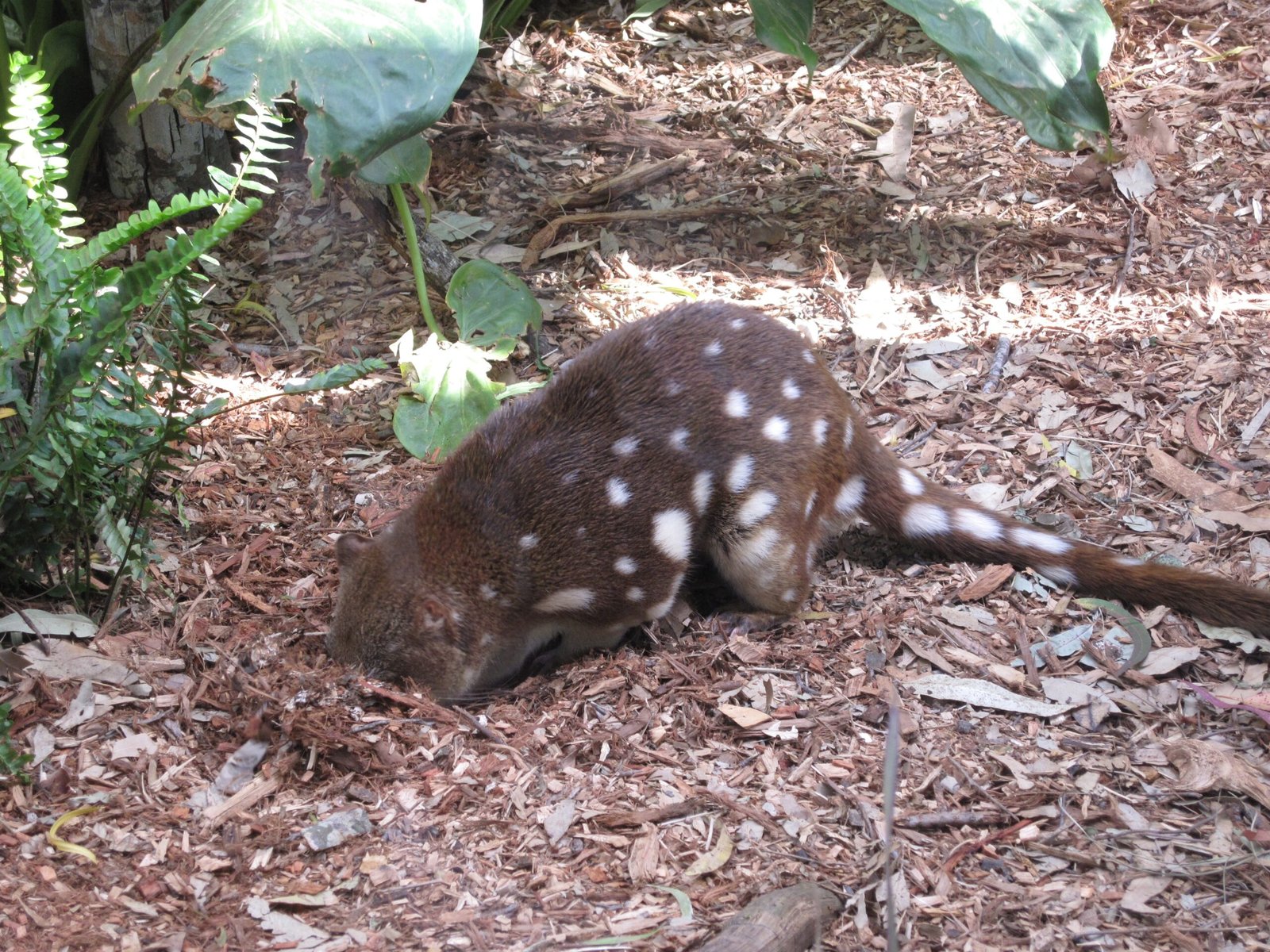
Maintaining genetic diversity is one of the greatest challenges facing zoo breeding programs. Without enough unrelated individuals, populations can quickly become genetically unhealthy, leading to birth defects or weakened immune systems. Zoos use detailed studbooks and DNA analysis to determine the best pairings, sometimes even arranging animal “transfers” across continents to avoid inbreeding. It’s a bit like matchmaking for wildlife, where the future of a species depends on careful planning. The stakes are high—one wrong move and years of progress can unravel. But with every new genetic line introduced, the species’ chances of survival grow stronger. This ongoing effort is a testament to the power of modern science blended with a deep respect for nature.
Education Beyond the Exhibit

While visitors enjoy watching animals, zoos use every opportunity to educate the public about the struggles facing wildlife. Informational signs, interactive displays, and keeper talks reveal the hidden stories behind each animal. For instance, learning that a tiger in the zoo is part of a last-ditch breeding effort makes its presence even more meaningful. Zoos often run outreach programs in local schools, bringing students face-to-face with conservation issues. They inspire young minds to care about animals not just as entertainment, but as vital parts of our planet’s fabric. Emotional connections forged here can ripple outwards, encouraging families to support conservation efforts long after their zoo visit ends.
Collaboration on a Global Scale
No zoo works alone. Around the world, zoos form networks to share knowledge, animals, and resources. The Species Survival Plan (SSP) is a prime example, coordinating breeding efforts for endangered species across continents. This collaboration ensures that no population becomes isolated or inbred. If a snow leopard in Europe is genetically valuable to a population in the United States, it might travel thousands of miles to join a new breeding group. These partnerships extend to universities, wildlife reserves, and anti-poaching organizations, creating a united front in the fight for biodiversity. The spirit of global teamwork is both inspiring and essential in an era where threats to wildlife know no borders.
Saving Species You’ve Never Heard Of

While pandas and elephants capture headlines, zoos are fiercely dedicated to saving lesser-known species too. Tiny frogs, rare insects, and obscure rodents often receive the same level of care and attention as their more charismatic counterparts. The black-footed ferret, once thought extinct, now survives thanks to decades of behind-the-scenes breeding by zoos. These “hidden heroes” of conservation may not draw crowds, but their survival is just as important for the balance of ecosystems. In many cases, zoos are the last refuge for these little-known creatures, giving them a fighting chance when hope seems lost.
Innovations in Animal Care
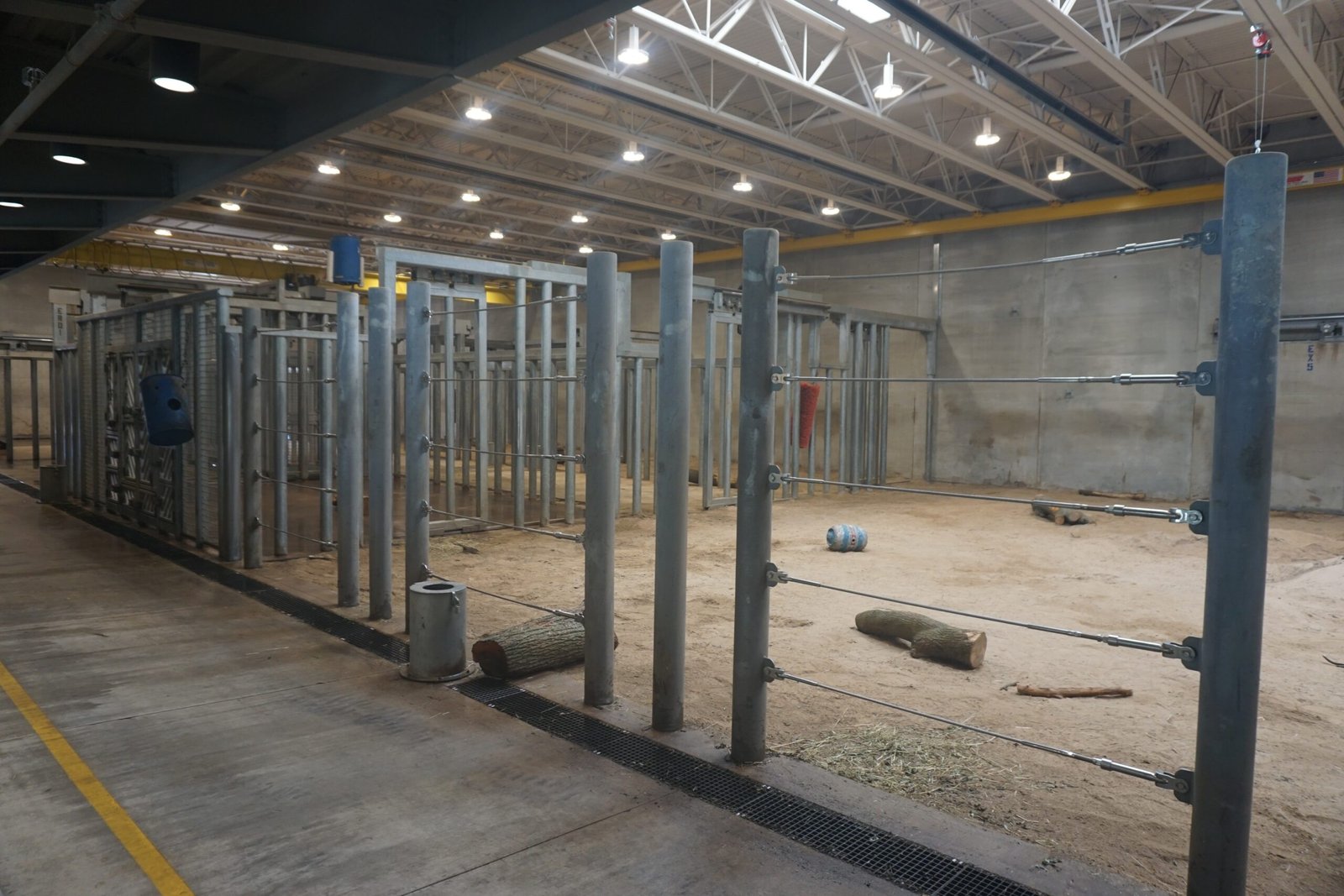
Advancements in veterinary medicine have transformed how zoos care for their animals. From ultrasound technology for pregnant giraffes to prosthetic beaks for injured birds, the innovation never stops. Specialized diets and enrichment activities mimic natural behaviors, keeping animals both healthy and mentally stimulated. Some zoos even use 3D printing to create custom implants or artificial eggs to encourage nesting. These innovations don’t just improve lives within the zoo—they often translate to better care techniques for wildlife in the field. The blending of compassion and creativity is at the heart of every breakthrough.
Challenges and Controversies
Despite their contributions, zoos face criticism and ethical dilemmas. Opponents argue that no enclosure can truly replicate the wild, and some animals suffer in captivity. Zoos continually work to improve habitats, provide enrichment, and ensure emotional well-being, but the debate persists. Some question whether breeding programs distract from protecting habitats in the wild. However, many zoos see themselves as part of a broader conservation movement, using their resources and visibility to influence policy and public opinion. The conversation is ongoing, reflecting the complex relationship between humans and the natural world.
Inspiring the Next Generation
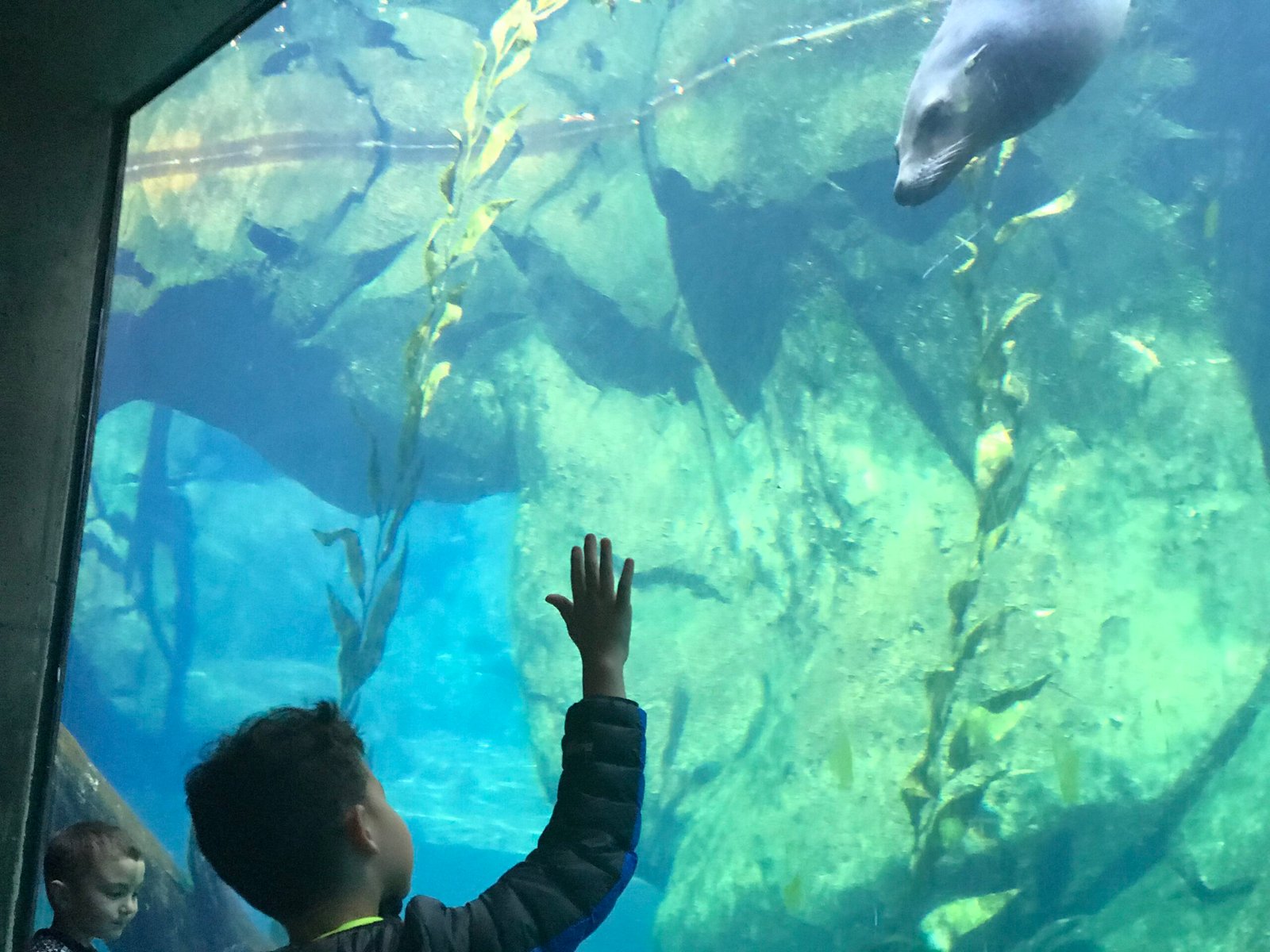
Perhaps the most powerful impact of zoos is their ability to inspire awe and empathy. A child’s wide-eyed wonder at seeing a lion up close can spark a lifelong passion for wildlife. Many conservationists trace their commitment back to a formative zoo visit. Through hands-on programs, summer camps, and volunteer opportunities, zoos nurture the next generation of scientists, caretakers, and advocates. By connecting people to animals, zoos lay the groundwork for a future where conservation is everyone’s responsibility.
An Unseen World of Hope
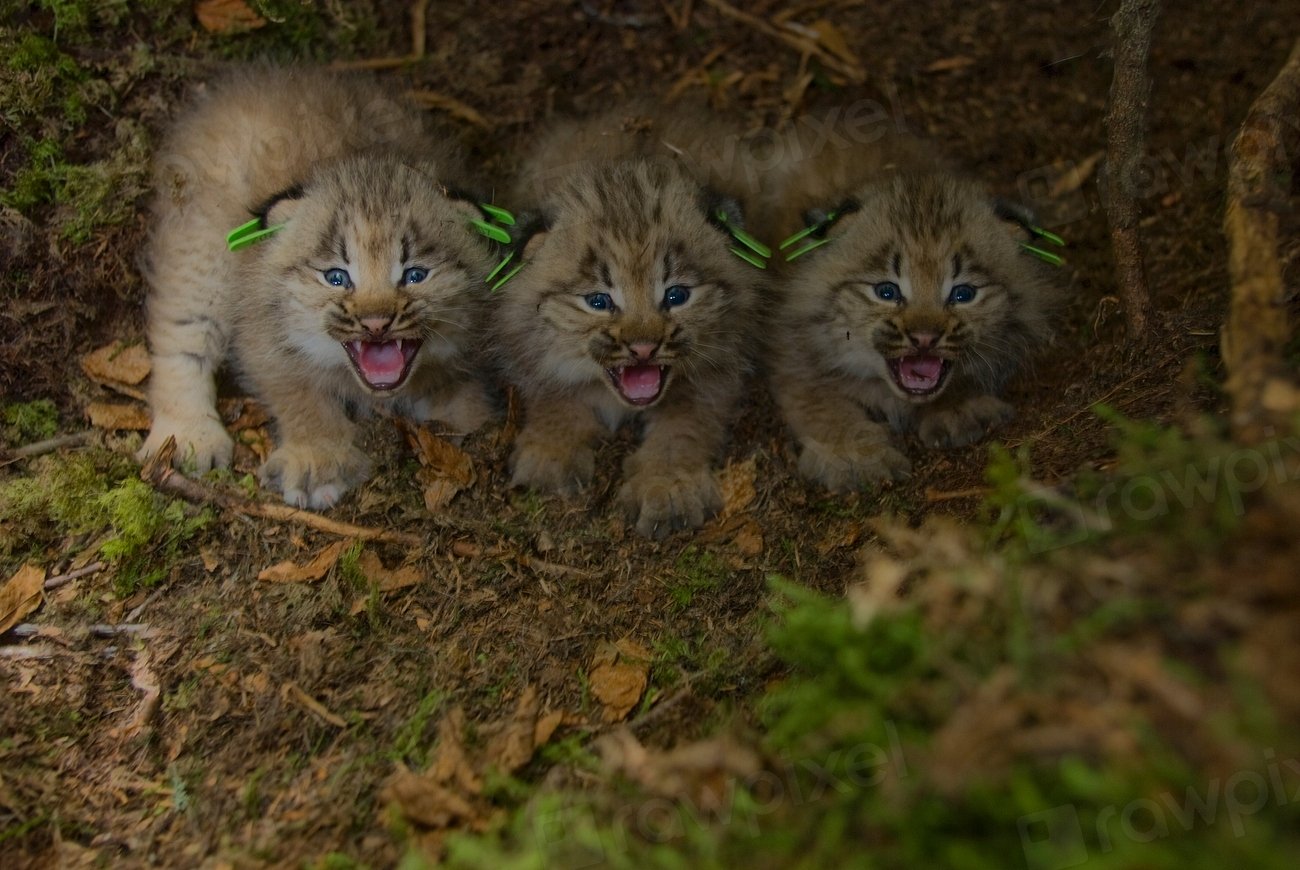
The real magic of the zoo happens out of sight—where scientists, veterinarians, and keepers work tirelessly to save species from the edge of oblivion. Their efforts ripple outwards, touching forests, savannas, and oceans far beyond the zoo’s walls. Each animal rescued, bred, or released is a story of hope in a world often overshadowed by loss. As you walk past the enclosures, remember the invisible hands working to tip the balance back toward life. What other secrets might be hiding just beyond the glass?



